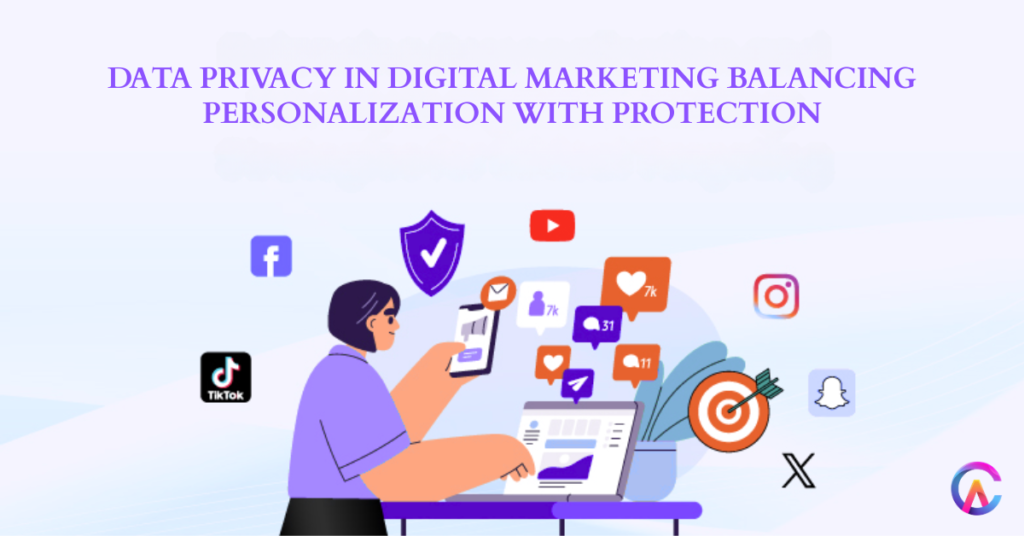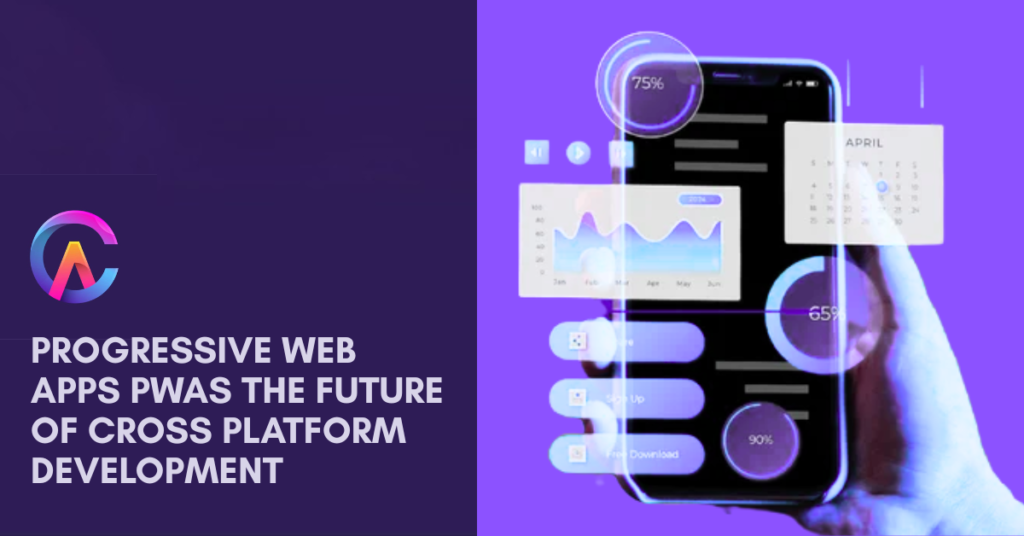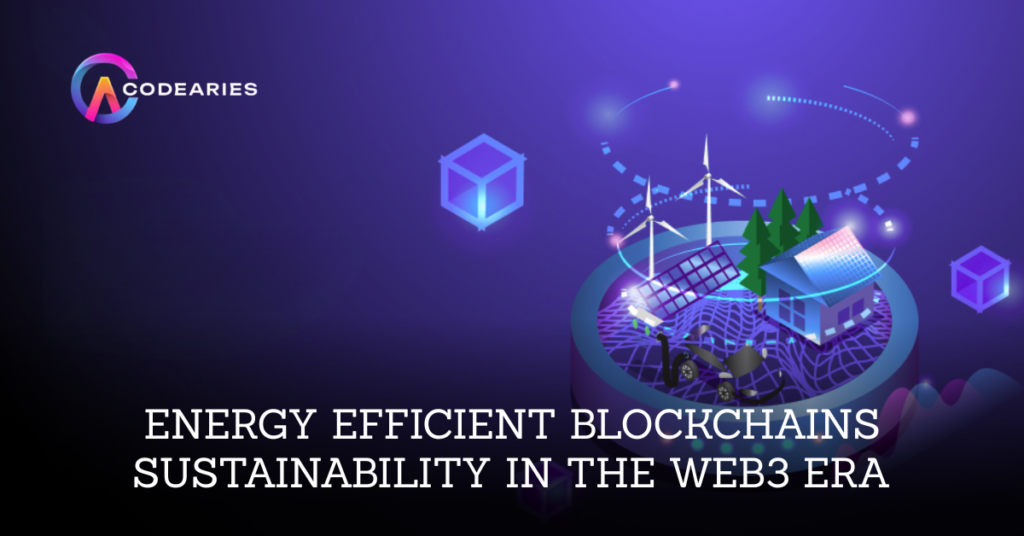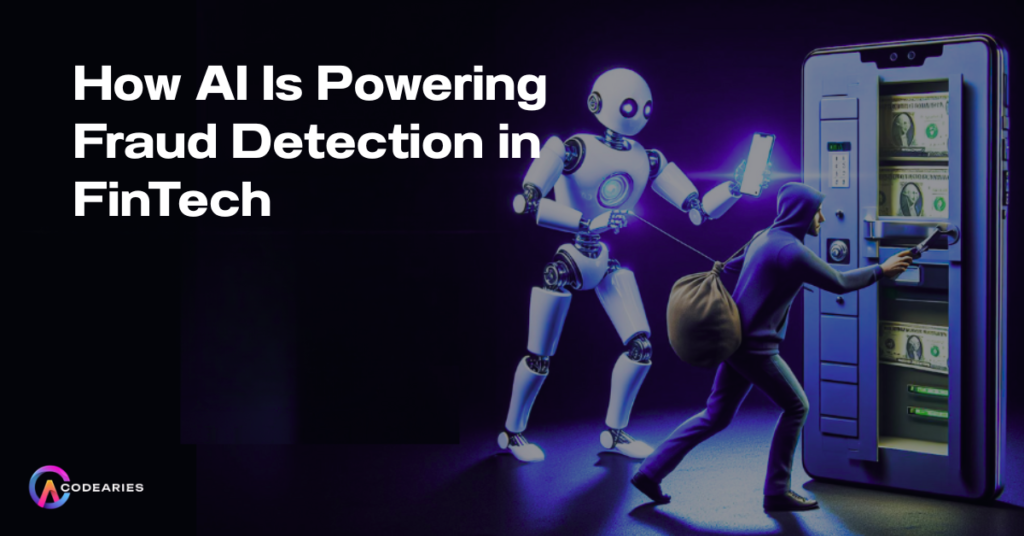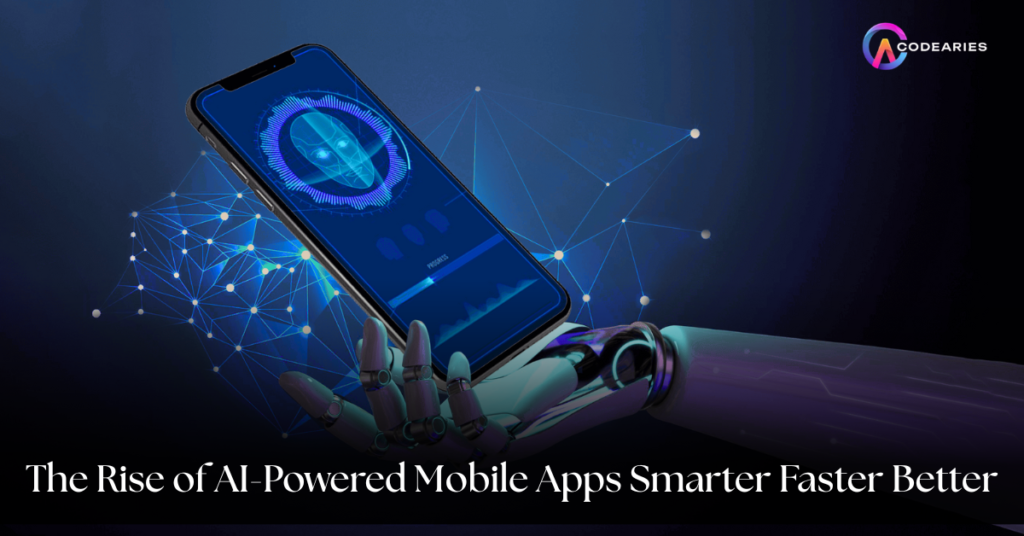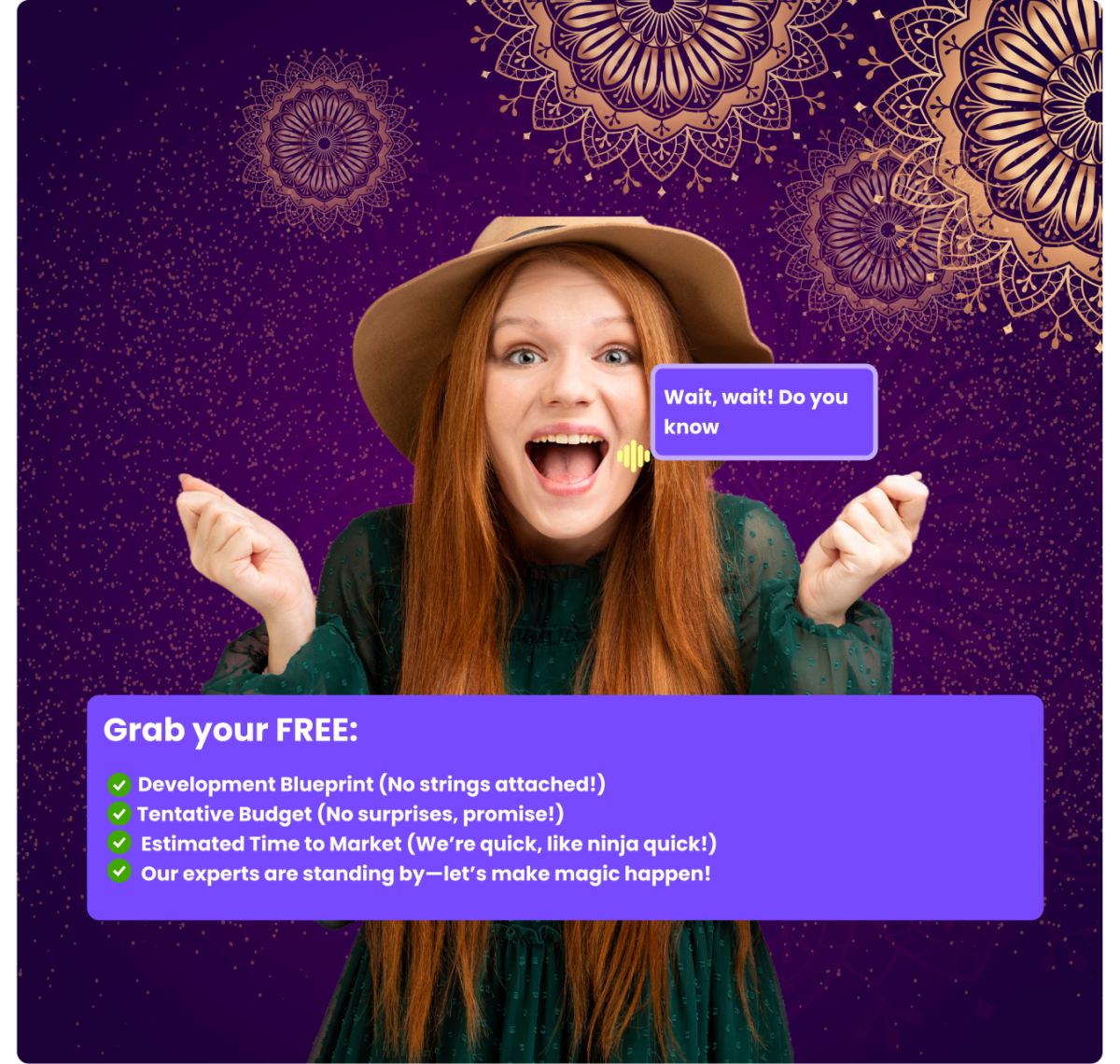How Blockchain Can Enhance Mobile App Transparency
Mobile apps touch most parts of daily life, think chatting, watching videos, paying bills, checking health stats, or buying stuff online. But they’re getting trickier, using tons of personal info, which sparks worries about snooping, shady data deals, secret code choices, and sketchy behavior. People want clearer answers now, so users can actually see what’s happening behind the scenes, this push comes not just from customers but also watchdogs and companies trying to do right by folks, calling for simpler ways to prove safety and give real power back to individuals. Blockchain tech might be a game changer for making mobile apps more open. Because it’s spread out and locked once written, key actions, data paths, and access rights stay visible and safe from tampering. Here, we dig into turning that idea into real world tools, how blockchains bring honesty to apps people use daily. You’ll see actual perks for companies, along with examples that prove it works. Plus, find out how Codearies supports brands ready to lead in clear, trustworthy mobile solutions. The Challenge of Transparency in Mobile Apps Even though more people are catching on, mobile apps still find it tough to clearly show where your info goes, also what they do with it or how they cash in. Common problems? Not spelling out who gets your data or being upfront about sneaky tracking behind the scenes This lack of clarity chips away at user confidence, brings in regulators looking closer, while also shrinking chances for growth as global privacy rules tighten. How Blockchain Technology Supports Transparency Blockchain’s a shared record system, with data locked in code and spread over many separate computers. What makes it tick brings real openness perks to phone apps. 1. Immutable Auditable Records Each transaction, every permission, any app activity, or data transfer logged on chain gets locked in with a time stamp. So people plus authorities check what happened anytime, straight from the source, no need to just trust the app maker. 2. Decentralized Trust Model With blockchains, info isn’t locked under one group’s control. it spreads across many systems instead. That setup cuts down on manipulation chances because no lone actor can alter records without others noticing. So apps built this way tend to answer better for their actions. 3. User Empowerment and Data Ownership With decentralized ID plus tokens, people see exactly what info they’re sharing, alongside who gets it and when. Using blockchain, folks allow access only to approved parties while pulling it back anytime, keeping control firmly in their hands. 4. Transparent Algorithmic Governance Smart contracts put app rules on a public ledger, so people see exactly how choices happen. Rules for suggestions run through code that’s visible to everyone. Data use policies show up transparently, making it clear who does what. Users get full visibility, while checkers can verify every step without guessing. 5. Incentivized Feedback and Participation Tokens or badges on blockchain might push people to act openly like checking how info is used, calling out misuse, or joining group decisions, with small perks as nudge. Practical Use Cases of Blockchain Transparency in Mobile Apps Privacy and Data Consent Management Apps save your choices about permission plus data use straight onto the blockchain, so you can check or cancel them whenever, no need to rely on the app makers. Supply Chain and Provenance Tracking in Retail Apps Ecommerce apps rely on blockchain so buyers see where products come from, their verified labels, or how they’ve moved, building confidence without guesswork. Transparent Loyalty and Reward Programs Folks can keep an eye on rewards, how they’re handed out or used, thanks to blockchain powered tokens, which also move easily between linked platforms. Secure and Transparent Immutable Logs Banks plus hospitals use blockchain to keep records safe, so no one can mess with them, fake info, or sneak in without permission. Algorithmic Transparency for Content and Advertising Some apps put bits of their code or ad rules onto the blockchain, so people or outside tools can check if things are fair. Instead of just trusting, you get proof through open records that show how decisions are made. Business Benefits of Blockchain Enhanced Transparency Implementation Considerations and Challenges How Codearies Drives Mobile App Transparency Powered by Blockchain With Codearies, brands tap into clear tech benefits using full cycle app creation, crafting, building, rolling out smart phone tools that just work. One step at a time, we shape ideas into real digital products people use every day. Our approach includes: Teaming up with Codearies helps your mobile app become more transparent, while also building lasting customer trust and boosting long term gains. What’s more, it creates a stronger foundation for growth without relying on hype or empty promises. Frequently Asked Questions Q1 Which kinds of apps gain the biggest advantages from clear blockchain records? Apps that guard your data, money tech, health services, online shops, delivery networks, reward setups, alongside community hubs, they’re ahead where trust matters most. Q2 Could blockchain in phone apps work alongside old-school databases? Yes, hybrid setups use blockchain to keep key actions visible, yet rely on fast back end systems for data handling instead. Q3 How fast can Codearies set up blockchain transparency tools? A basic sign off system might go live in a month or two, though reward setups with rules often take half a year. Setup time jumps when more checks and balances are needed instead of just quick approvals Q4 What’s your way of teaching people about clear blockchain records? We create easy to follow setup guides, live tracking tools, also clear overviews so anyone can grasp what blockchain offers Q5 Does blockchain openness fit rules like GDPR? With privacy built in from the start, along with strong encryption and giving users real say, blockchains might actually help meet rules more easily. For business inquiries or further information, please contact us at contact@codearies.com info@codearies.com



